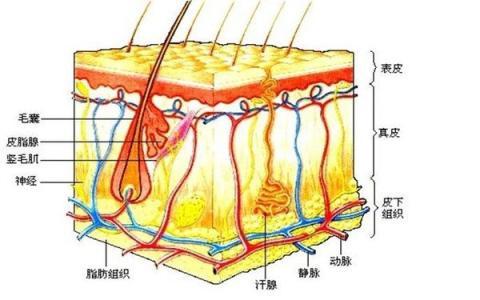Principles of Cyclodextrins in Cosmetics
Time:
Jan 03,2024
The skin consists mainly of the epidermis, dermis and subcutaneous tissue (Figure 1). The epidermis can be subdivided into the stratum corneum, stratum pellucidum, stratum granulosum, stratum spinosum, and stratum basale, all of which are active cells except the stratum corneum. The stratum corneum is the outermost layer of the epidermis and consists of a compact structure of roughly 4 to 8 layers of dead, non-nucleated cells, thus limiting the exchange of substances between the inside and outside of the skin.
Cosmetics (Figure 2) are mostly absorbed transdermally into the skin, and the final site of action of their functional ingredients depends on the efficacy of the cosmetic. During the use and storage of cosmetics, emulsions are susceptible to destabilization, deterioration of nutrients and efficacy components, photodegradation, formulation turbidity and foaming.


Figure 1: Main structures of the skin Figure 2: Cosmetics
CDs molecules have a conical cylindrical structure, the cavity is hydrophobic on the inside and hydrophilic on the outside, and has a localized chiral space, which can wrap a variety of organic and inorganic small molecules to form inclusion compounds as shown in Fig. 3, after the inclusion of insoluble substances can be made to increase the solubility of the insoluble substances, unstable substances can be better resisted against the degradation of light and heat, the substances sublimation and volatility is reduced, incompatible compounds can be formed to form a physical isolation, chromatographic can be separated, unwanted odors and malodors can be masked, and the release of aromatic substances can also be controlled. Therefore, cyclodextrins can be used as new functional materials to improve the defects of cosmetics.

Relevant News
Dec 23,2025
